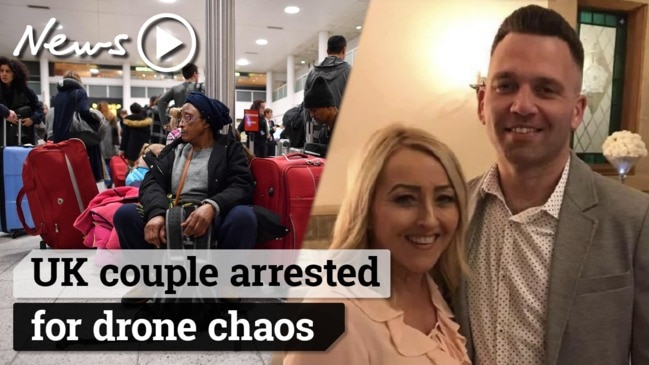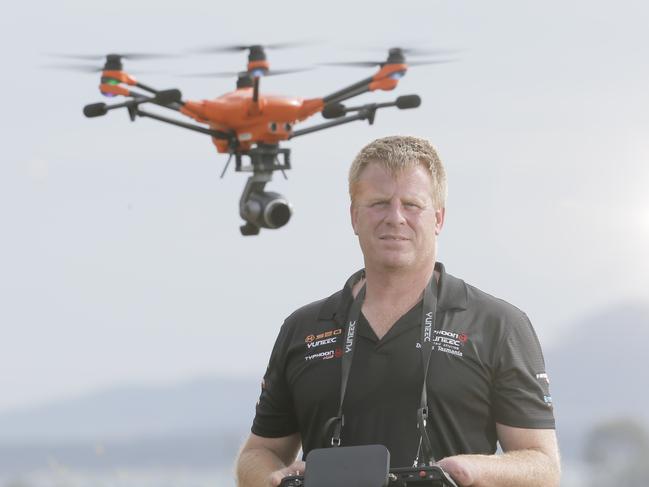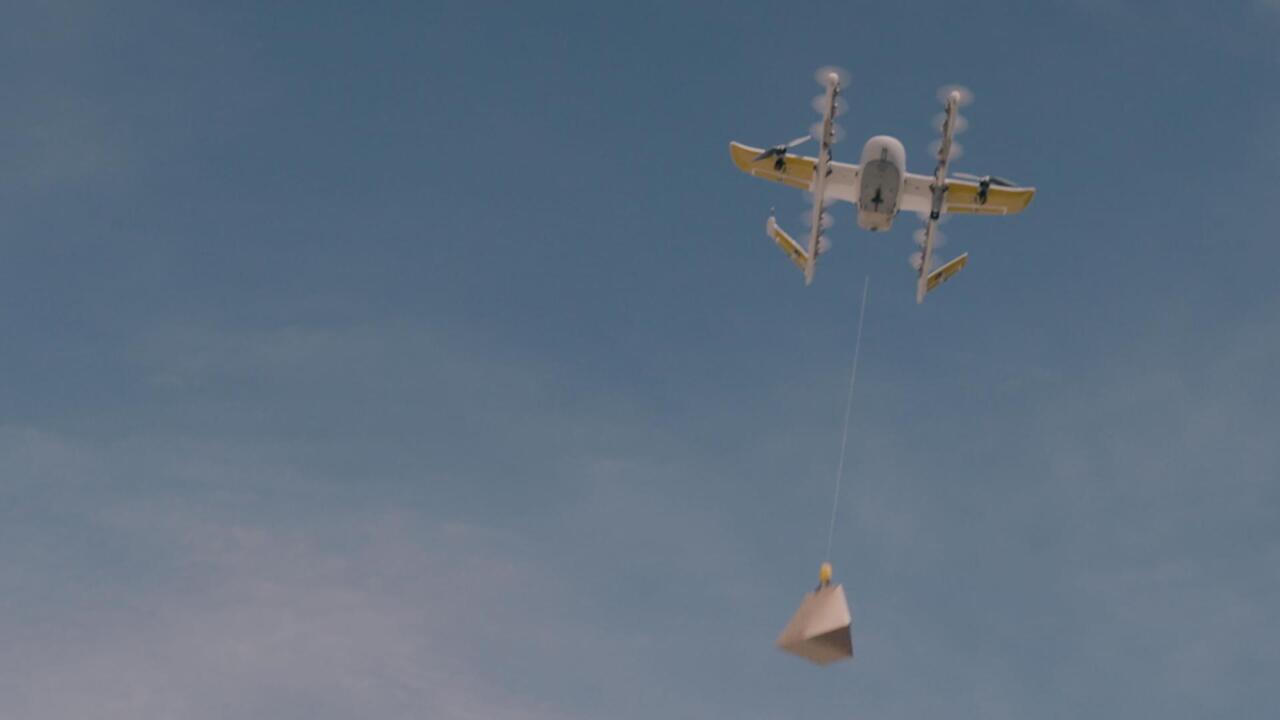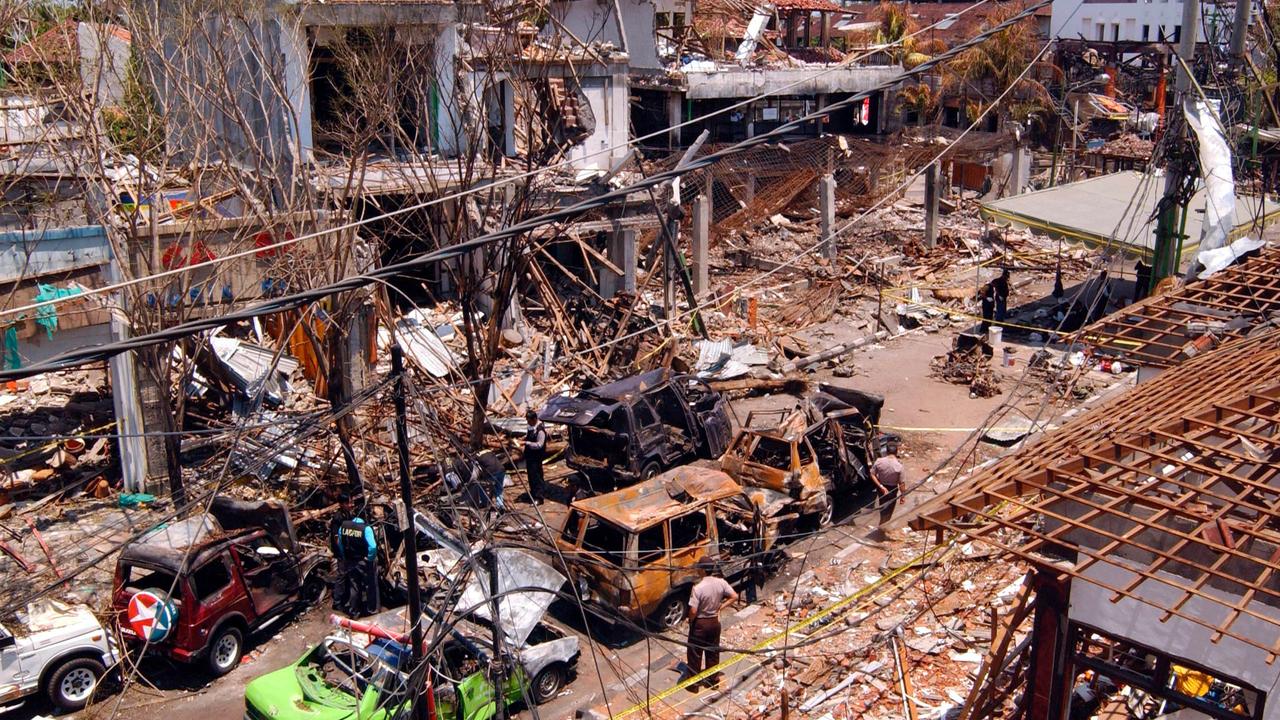CASA puts Tasmanian drone owners on notice of crackdown
Drone owners are set to face tighter regulations, including having to sit a test, before they can be accredited to fly the craft.

Lifestyle
Don't miss out on the headlines from Lifestyle. Followed categories will be added to My News.
THOUSANDS of Tasmanians with recreational drones will be forced to adhere to strict new rules next year, warns the nation’s civil aviation authority.
After an incident where a drone hampered firefighting efforts on Bruny Island this week, the Civil Aviation Safety Authority has outlined a crackdown on drones that will begin as early as next month.
AUTHORITIES TO INVESTIGATE DRONE INCIDENT
The authority will beef up existing rules with a new suite of surveillance technologies from January to detect drone operators flouting no-go zones around major airports.
CASA is also introducing rules from the middle of 2019 whereby drones weighing more than 250g will need to be registered and operators will need to supply their contacts to the authority.
Drone owners will also need to show they understand the rules of recreational drone flying before they can be accredited to use the devices.
CASA spokesman Peter Gibson said the national database of drone operators would allow the authority to contact owners if necessary.
He said such a database would help authorities track down operators getting in the way of important aircraft operations, such as the drone that grounded firefighting helicopters and stopped them from attending the fire on Bruny Island on Tuesday.
DRONE HAMPERS FIREFIGHTERS’ EFFORTS
“When something like that Tasmanian bushfire incident happens we’ll be able to look at all the local drone operators,” Mr Gibson said.
He said the new rules requiring registration would apply only to drones more than 250g in weight. CASA estimates there are more than 100,000 drones around Australia that would need to be registered, including thousands in Tasmania.

As part of the registration people will be required to view educational material and take an online test to show they understand the rules.
From January the authority will start surveillance around major airports, eventually including Hobart, to ensure drone operators are staying out of the 5.5km no-fly zones.
The new surveillance equipment will even be able to detect a drone’s serial number via its signal being beamed from the on-ground operator.
Mr Gibson said the risk posed by drones to aircraft was serious, with smaller aircraft most at risk of a mid-air collision with a drone.
“Drones could get sucked into an engine and take an engine out,” Mr Gibson said.
“Particularly for helicopters, the results could be catastrophic.”
He said the authority was also prepared to start fining people, with penalties as high as $10,000.
DRONES CAUSE FLIGHT CHAOS AT GATWICK AIRPORT
Tasmanian drone operator and assistant instructor Mark Large said drones could pose a safety risk without education regarding responsible use.
Mr Large, who owns Yuneec Drones Tasmania, said he was concerned that powerful drones could be purchased from retailers who may not educate owners about the rules.
“The worst thing I find is that anyone can buy a reasonably good quality drone that can be flown in a manner that it probably shouldn’t be and in areas where they don’t realise they shouldn’t be flying.”



